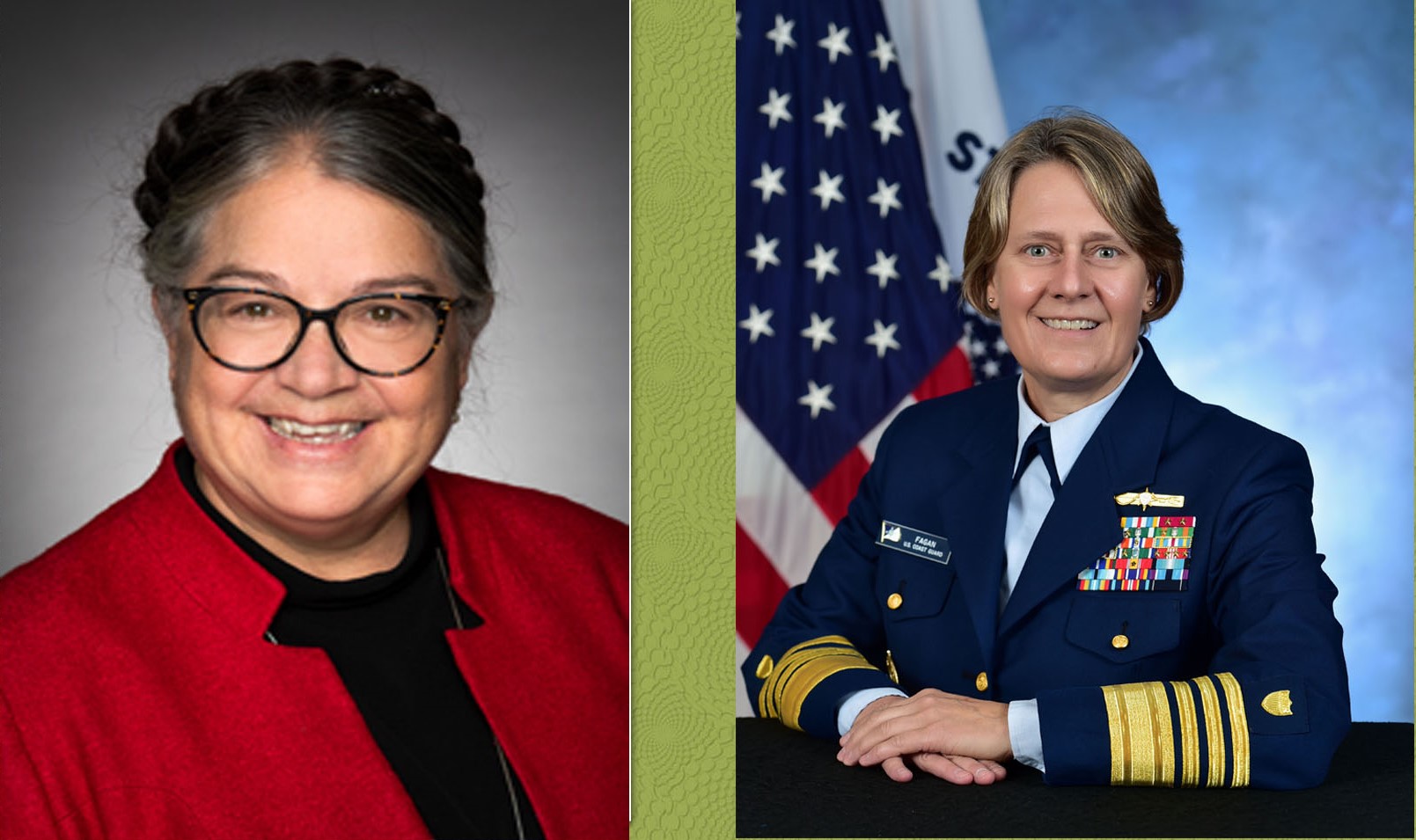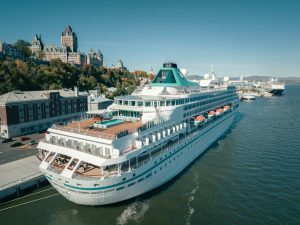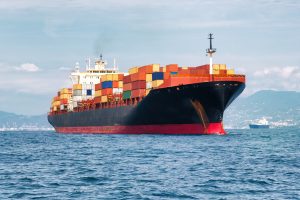The Honourable Diane Lebouthillier, Minister of Fisheries, Oceans, and the Canadian Coast Guard, met today with Commandant Admiral Linda L. Fagan at the United States Coast Guard Headquarters in Washington, D.C., to discuss the close partnership between the two coast guards on maritime safety and protection.
This visit comes on the heels of the Canadian and United States Coast Guards signing an updated Memorandum of Understanding on February 15, 2024, renewing the two organizations’ coordination of icebreaking and buoy tending operations on the Great Lakes, connecting waterways, and the shared portion of the St. Lawrence River.
The Canadian and United States Coast Guards share a long history of collaboration on the Great Lakes and St. Lawrence River. These inland waters are vital to both countries’ supply chains and economies, and both coast guards play a key role in ensuring safe and efficient transit across this freshwater region. This shared area of responsibility extends along the Canada-United States border, from the St. Lawrence River to the western point of Lake Superior – a distance of approximately 2,400 kilometers.
Minister Lebouthillier is visiting the United States from March 2 to 12, 2024, where she is leading the Canadian delegation at Seafood Expo North America in Boston, Massachusetts, and attending the annual Great Lakes Day Reception hosted by the Embassy of Canada in Washington, D.C. to connect with U.S. partners on the importance of the Great Lakes restoration.
The shared waters of the Great Lakes require cooperation with many partners in Canada and the United States to restore and protect water quality and ecosystem health in the Great Lakes basin. For over 50 years, agreements between Canada and the United States have been critical for advancing shared priorities and ensuring robust collaboration across different levels of government, local authorities, Indigenous Peoples, industry, non-governmental organizations and the public.
During her trip, Minister Lebouthillier will be meeting with key stakeholders and United States government officials to promote Canada’s sustainable seafood, advance protection of oceans and marine life, and support clean growth in our ocean economy.
Quick facts:
- The Canadian and United States Coast Guards work closely together on a wide range of coast guard services across the Great Lakes, including environmental response, search and rescue, icebreaking, marine traffic management, and aids to navigation.
- The updated Memorandum of Understanding includes an agreement on how both coast guards may tend to a small portion of one another’s buoys that are located closer to the other’s buoy tending resources. For example, if an American buoy is closer to a Canadian base, the Canadian Coast Guard may carry out necessary maintenance on that buoy, and vice versa.
- Both coast guards will continue joint icebreaking duties, with vessels operating on both sides of the Canada-United States border, regardless of nationality or home port. It is common for Canadian icebreakers to operate in American waters, and vice versa. Icebreaking services are delivered through a “one fleet” approach.
- Ice conditions can vary across the Great Lakes, so having different vessels with different capabilities (some can operate in shallower water, for example) is crucial to keeping these waters safe and open during the winter.
(Photos of Minister Diane Lebouthillier and Commandant Admiral Linda Fagan)








